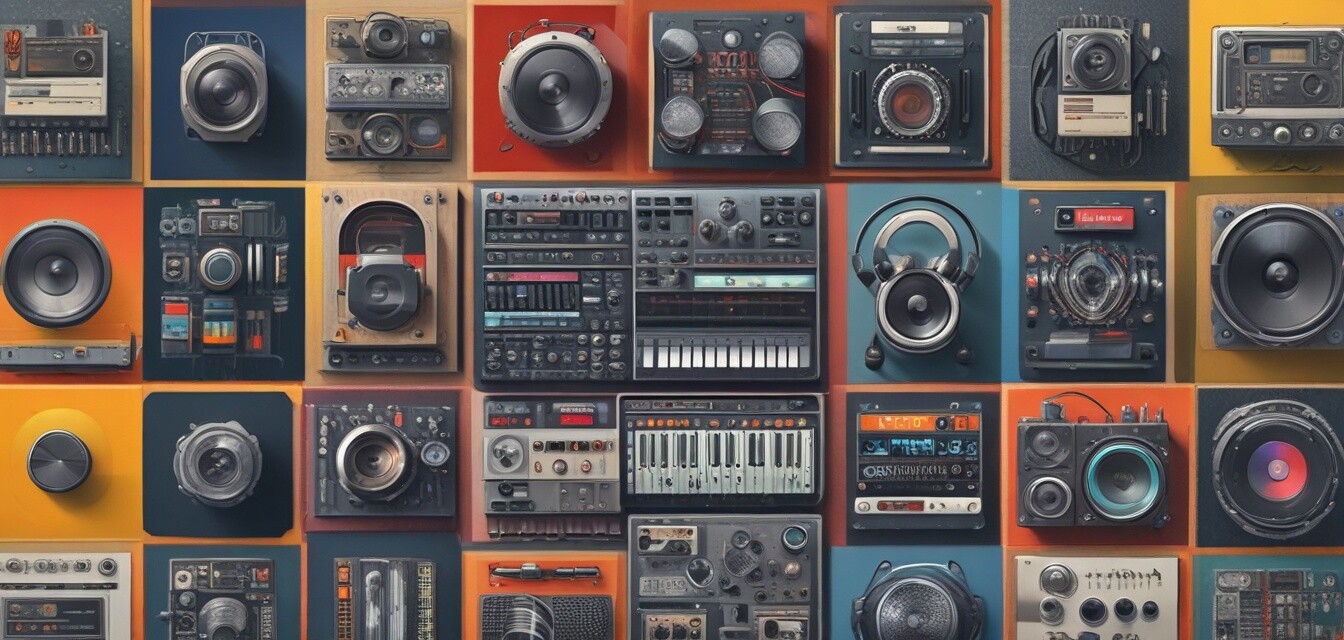
The Rise of Collaborative Music Platforms
- Collaborative music platforms are transforming how artists create and share music.
- These platforms encourage international collaborations and diverse influences.
- Technological advancements have made music creation more accessible.
- Community engagement plays a crucial role in the success of these platforms.
- Understanding market trends in collaborative platforms is vital for new artists.
The development of technology has greatly influenced various aspects of our daily lives, and the music industry is no exception. Collaborative music platforms are emerging as a powerful solution for artists seeking to create, share, and distribute their music. This article analyzes the rise of these platforms and how they are reshaping the landscape of music creation and distribution.
The evolution of music creation
Music has always been a collaborative art form. From musicians jamming in local studios to bands rehearsing together, the essence of collaboration is what gives music its dynamism. However, the traditional methods of collaboration often hindered creative possibilities, especially for independent artists. This is where collaborative music platforms come into play.
From studios to digital platforms
With the rise of digital technologies, artists can now collaborate remotely without the need to be in the same physical space. Below are some key benefits of this shift:
| Benefit | Description |
|---|---|
| Accessibility | Artists from different backgrounds and locations can come together. |
| Diversity | Variety of influences and styles lead to unique musical fusion. |
| Cost-effectiveness | Reduced costs for studio bookings and travel. |
| Community engagement | Share and showcase work on various platforms to engage audiences. |
Key features of collaborative music platforms
Many collaborative music platforms include features that enhance the user experience and enable seamless collaboration. Here are some noteworthy features:
- Real-time collaboration tools that allow multiple users to edit and contribute simultaneously.
- Built-in mixers and audio editing software to refine the composition.
- Community forums for feedback and advice from fellow artists.
- Access to a range of instrument plugins and sound effects to enhance creativity.
Trends shaping the future of collaborative music platforms
As we move forward, several trends are emerging in the realm of collaborative music. These will become increasingly significant for artists looking to thrive in the industry.
- Artificial Intelligence: AI technologies are aiding in music composition, offering suggestions and generating creative ideas for artists.
- Blockchain: Ensuring transparency and fair compensation for artists through decentralized music rights management.
- Mobile platforms: Increased use of mobile applications makes music creation accessible on-the-go.
- Social integration: Seamless integration with social media platforms to share and promote collaborations easily.
The impact on music distribution
Collaborative music platforms are not only changing the way music is created but also how it is distributed. Let’s look at how these platforms influence the music distribution model:
| Traditional Distribution | Collaborative Platforms |
|---|---|
| Exclusive to record labels | Open to independent artists |
| Limited audience reach | Global reach with community sharing |
| High costs for promotion | Lower costs due to community-driven marketing |
| Long approval processes | Immediate release and feedback loops |
Challenges faced by collaborative music platforms
While the rise of collaborative music platforms has made significant strides, they are not without their challenges:
Pros
- Empowers independent artists
- Fosters creativity and innovation
- Encourages international collaborations
- Provides access to diverse music genres and styles
Cons
- Over-saturation of content
- Quality control challenges
- Potential copyright issues
- Dependence on technology and internet access
Conclusion
The rise of collaborative music platforms signifies a paradigm shift in the music industry, fostering creative partnerships and making music production more inclusive. As technology continues to evolve, these platforms will play an integral role in shaping the future of music creation and distribution. Artists should embrace these tools and understand how to navigate this new musical landscape.
For more insights, explore our other articles in the News and Trends category.